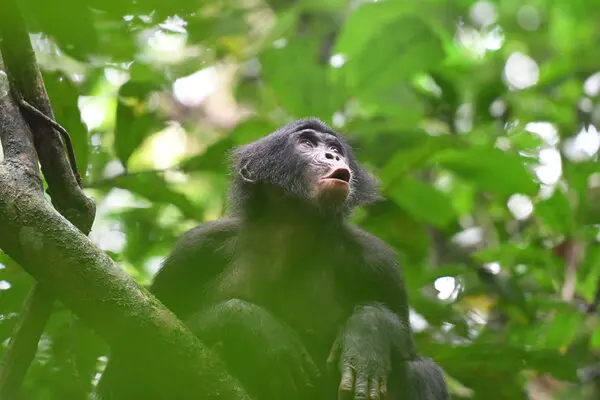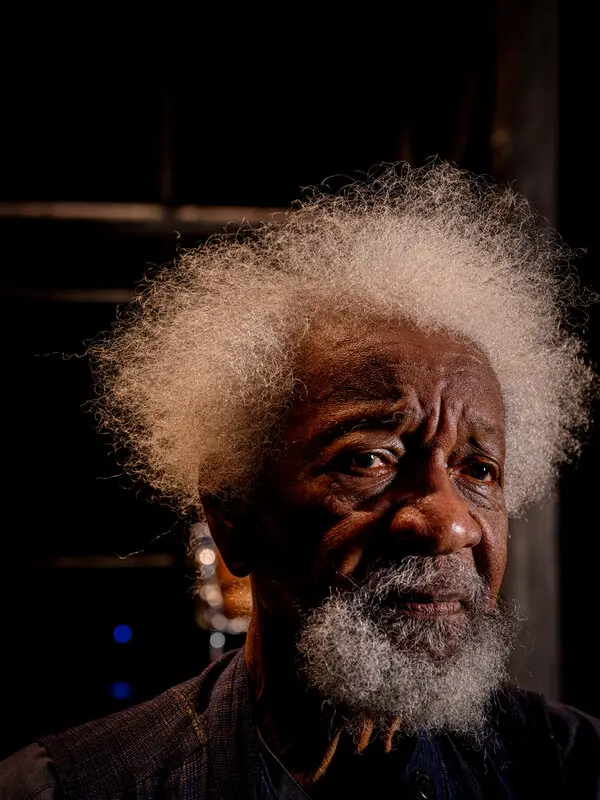Origin
Hundreds of hours of recordings show that monkeys can generate meaning by pairing sounds. But some scientists are skeptical.


A team of scientists, after listening to hundreds of hours of monkey sounds, claims to have discovered a distinctive feature of human language: the ability to combine sequences of sounds to create new meanings.
The provocative discovery, published Thursday in the journal Science, has drawn praise from some scientists and skepticism from others.
Federica Amici, a primatologist at the University of Leipzig in Germany, said the study helped push the roots of language even further back, to millions of years before our species emerged. “The differences between humans and other primates, including in communication, are much less pronounced and well-defined than we had long assumed,” Dr. Amici said.
But other researchers said the study, which focused on bonobos, close relatives of chimpanzees, could reveal little about how we use words. “The current results tell us nothing about the evolution of language,” said Johan Bolhuis, a neuroscientist at Utrecht University in the Netherlands.
Many species can communicate through sounds. But when an animal makes a sound, it usually means only one thing. Monkeys, for example, may make one warning cry for a leopard and another for an approaching eagle.
In contrast, we humans can string words together in ways that combine their individual meanings into something new. Suppose I say, “I am a bad dancer.” When I combine the words “bad” and “dancer,” I no longer mean them separately; I do not say, “I am a bad person who also dances.” Instead, I mean that I do not dance well.



